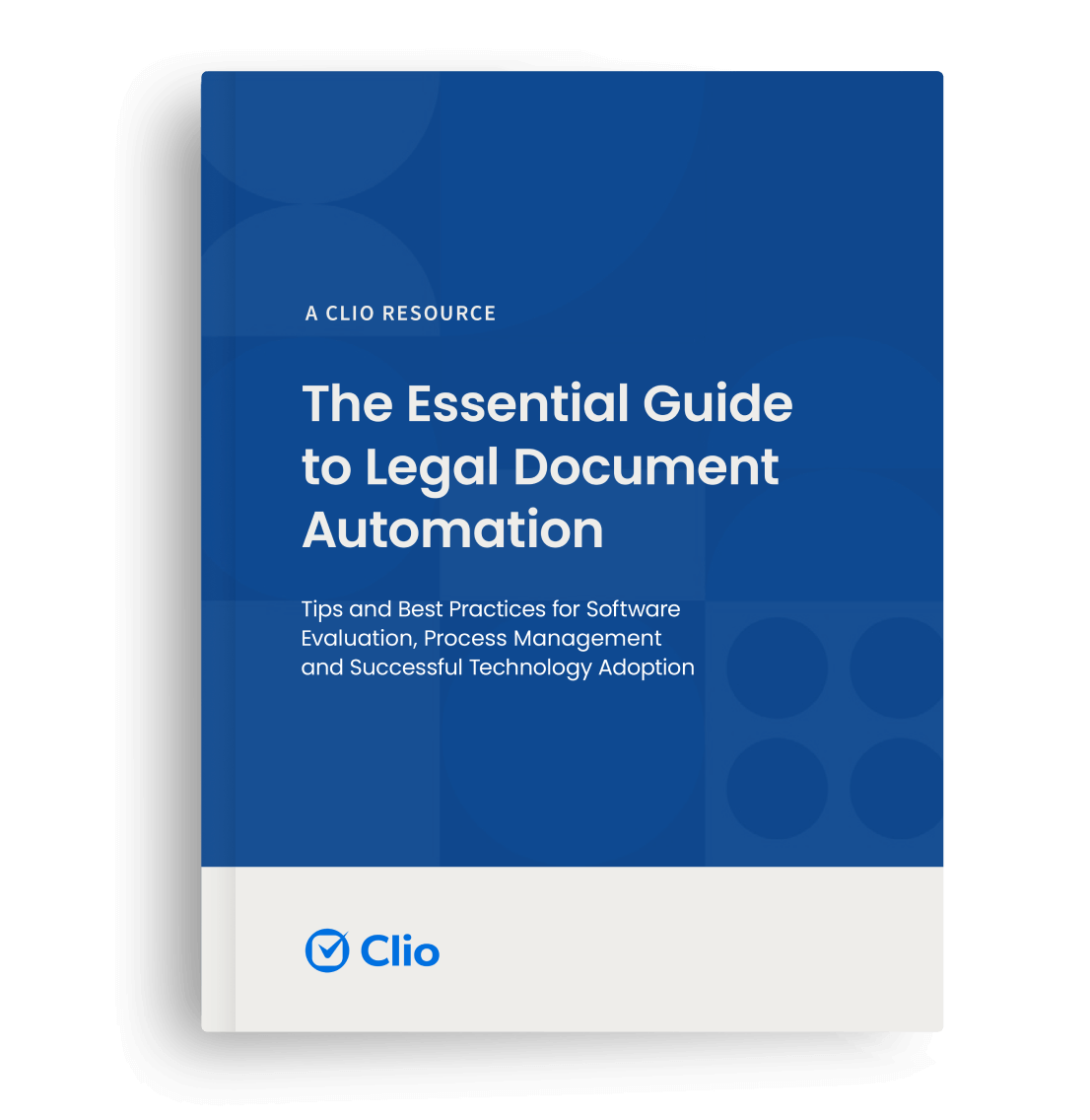Frequently Asked Questions
What is the purpose of optical character recognition?
in a legal context, OCR is primarily used to automate the process of data entry and document management. By converting physical documents into digital format, OCR allows for easier storage, retrieval, and manipulation of text-based information. It eliminates the need for manual transcription and enables efficient text searching within large volumes of documents.
How accurate is optical character recognition?
The accuracy of OCR depends on various factors, such as the quality of the scanned document, the clarity of the text, and the capabilities of the OCR software being used. While modern OCR technology has significantly improved, it is important to note that errors can still occur, particularly with handwritten or poorly printed text. It is advisable to review and verify the accuracy of OCR-generated text before relying on it for legal purposes.

The Essential Guide To Legal Document Automation.
Discover the benefits of document automation for law firms in this insightful eBook. Learn how to adopt and adapt internal processes effectively to stay ahead in an evolving legal landscape.





